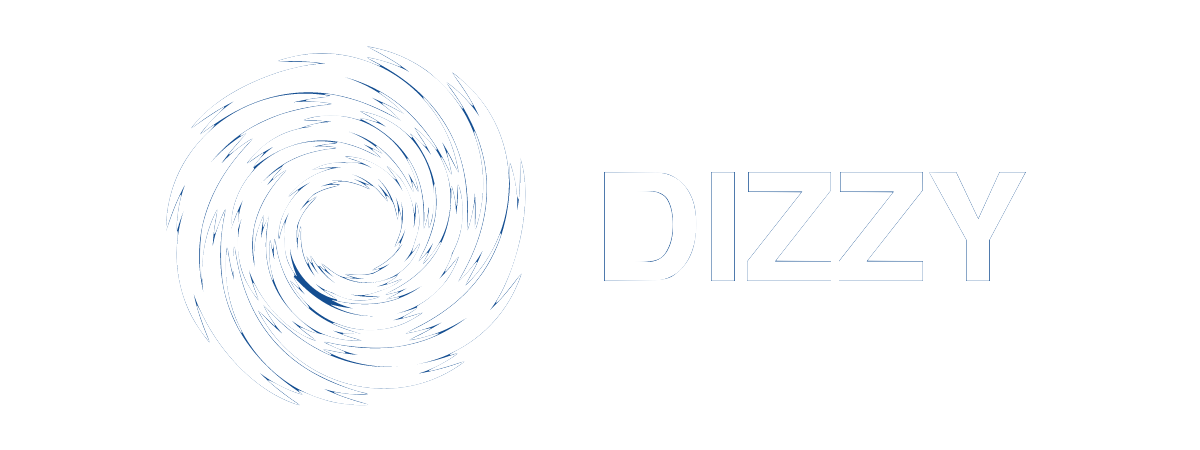 Among the various maladies that can affect the vocal cords, and therefore one's voice, are issues with the nerves that direct the movements of the muscles of the voice box. Issues with the control of the vocal cords can come anywhere in the communication process from the brain itself, along the slender nerves that run down through the neck to reach the voice box, to the point where those nerves tell their target muscles what to do. Problems with this system are characterized as Neuromuscular. Two of the most common neuromuscular problems we encounter in everyday practice are Vocal Cord Paralysis and Spasmodic Dysphonia.
Among the various maladies that can affect the vocal cords, and therefore one's voice, are issues with the nerves that direct the movements of the muscles of the voice box. Issues with the control of the vocal cords can come anywhere in the communication process from the brain itself, along the slender nerves that run down through the neck to reach the voice box, to the point where those nerves tell their target muscles what to do. Problems with this system are characterized as Neuromuscular. Two of the most common neuromuscular problems we encounter in everyday practice are Vocal Cord Paralysis and Spasmodic Dysphonia.
With a Vocal Paralysis, one, or sometimes both, vocal cords are immobile because of loss of nerve function to the muscles that move the vocal cord. This may occur after a bad viral infection, but also happens not uncommonly following surgery within the neck that can lead to temporary or permanent injury to the nerves that go to the vocal cords. Thyroid surgery is the most common cause by far, but we also see this after carotid artery surgery or spinal surgery that goes through the front of the neck. Patients with a one-sided vocal cord paralysis have a very breathy voice, it sounds like a strong whisper. There are both short-term (within a day or two of the injury) and long-term (over one year out from injury) solutions for voice restoration available to the patients with a paralyzed vocal cord.
Spasmodic Dysphonia describes a group of voice problems related to uncontrollable spasm of muscles of the voice box. In the more common form, these spasms affect the muscles that close the vocal cords and result in a very strained or strangled sounding voice. The less common form affects the muscles that open the vocal cords and results in a pattern of breathy breaks mid-sentence. Some words are strong and full and others come out as a breathy whisper. Though no cure is currently available, there are a number of very effective treatment modalities to give patients relief from their voice symptoms. For more information listen to the Podcast from WSRQ’s Health Check with Heidi Godman and Dr. J.P. Gniady.
PODCAST - Vocal Cord Paralysis and Spasmodic Dysphonia with Dr. J.P. Gniady









